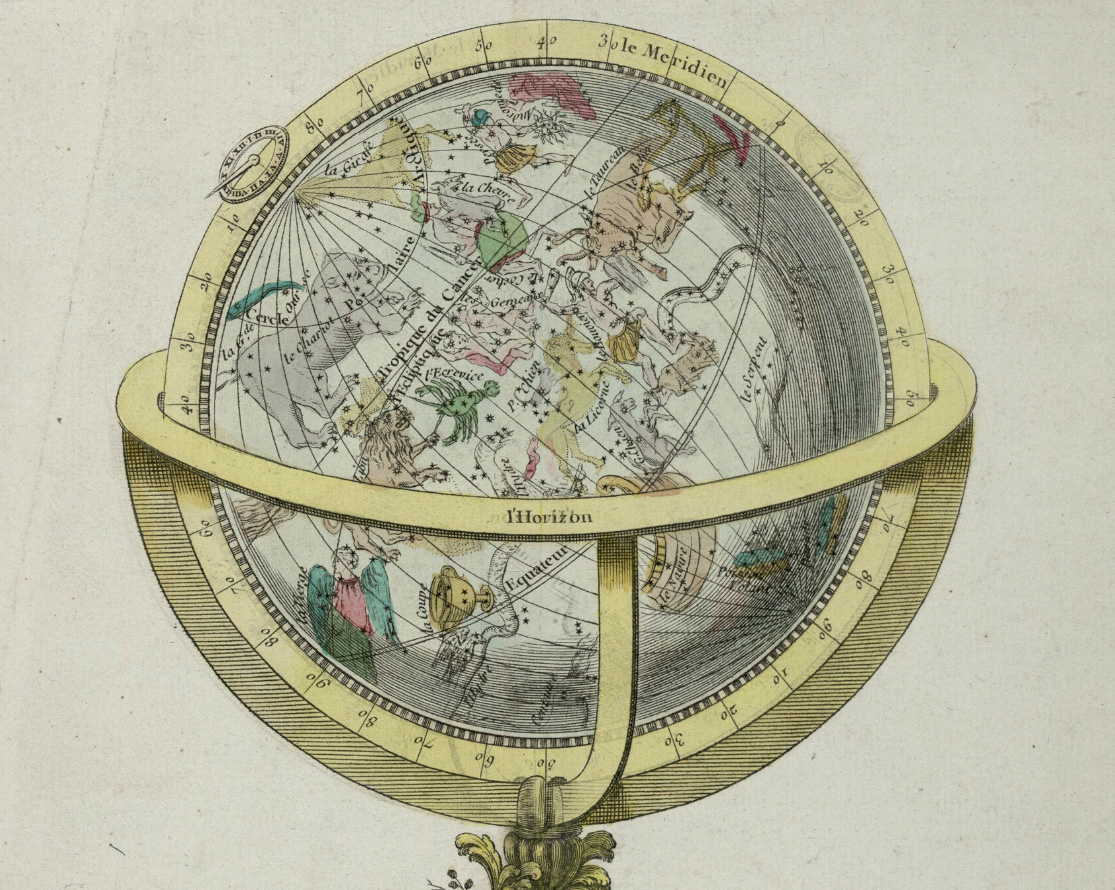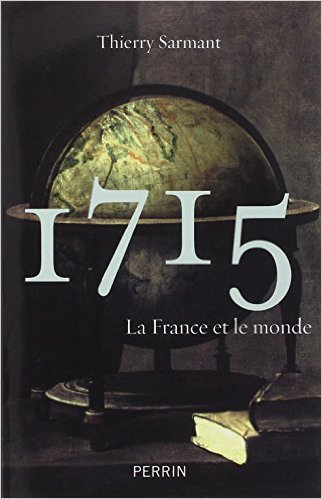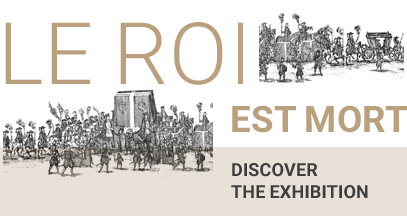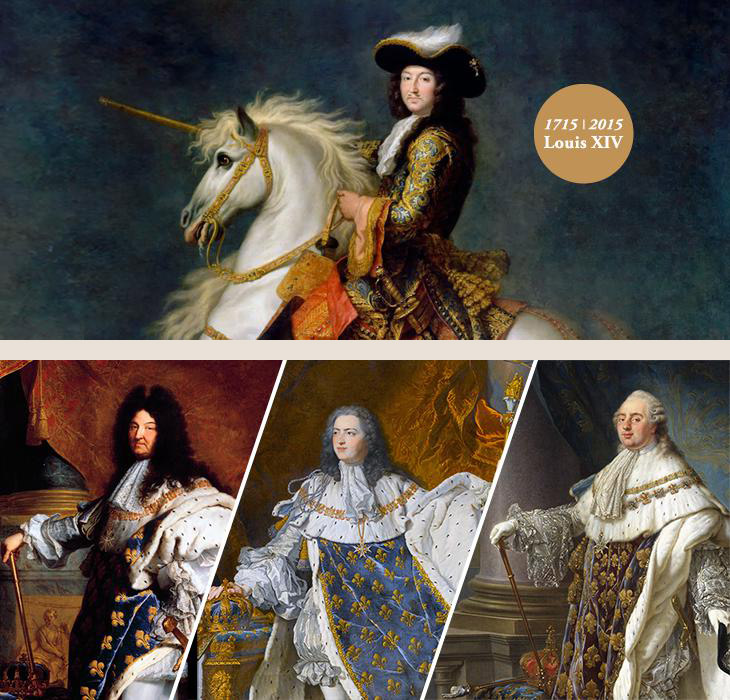Louis XIV and the worlds in 1715 #2
By Thierry SARMANT
In 1715 the most powerful man on earth was not the King of France but the Kangxi Emperor of China, who ruled over one hundred and fifty million Chinese, Manchu and Mongol subjects. The Kangxi Emperor had only the vaguest notion of goings-on in the barbarian kingdoms of the West, a world away from the great Qing Empire: it took a year and a half for a ship leaving Europe to arrive in Canton. Hence the Papal Bull of 19 March 1715, Ex illa die, condemning the so-called ‘Chinese Rites’, did not actually reach the great empire until late 1716…
The Jesuits were keen on drawing parallels between Louis XIV and Kangxi, whom they considered to the Sun King’s Chinese equivalent, but the Emperor was far from convinced of the pre-eminence of this Western princeling. The irreverent Père Foucquet told Montesquieu that the Emperor referred to Louis XIV by a nickname which translated literally as “agitator who keeps bothering his neighbours.” When news of the Sun King’s death did finally reached China, the chances did not cause much of a stir.
The Kanxgi Emperor was kept abreast of European affairs by the Jesuits who had been admitted to his court on account of their expertise in mathematics and astronomy. Japan was much more sheltered from European influence, but news from overseas did occasionally manage to penetrate the Land of the Rising Sun courtesy of Dutch merchants. In 1715 Arai Hakuseki, counsellor to the Shogun, wrote a work known as the Record of Things Heard from the West, containing references to the War of the Spanish Succession, and various scientific advances made in the west. Five years later, the Shogun authorised the translation into Japanese of certain technical works from Europe.
In Mughal India, the defining event of the year 1715 was the capture of the Sikh stronghold Gurdaspur by the imperial army. The defeated Sikhs were transported to Delhi, ordered to convert to Sunni Islam and, when they refused, brutally slaughtered. In an empire subject to regular civil wars between rival claimants to the throne, and tensions between Hindus and Muslims, goings-on in the West were of secondary importance at best. The European powers had thus far succeeded in establishing just a handful of trading posts on the Indian coast, and the Mughals did not view them as a serious threat. It seems unlikely that the Mughal Emperor Farrukhsiyar was greatly troubled by the death of Louis XIV.
The same goes for the neighbouring Safavid Empire of Persia, the world’s largest Shiite state. More concerned with rebellions in the empire’s peripheral provinces, where the population was predominantly Sunni, the government in Isfahan engaged only intermittently with Europe through its interactions with the Dutch East India Company and those Catholic missionaries sent in the hope of persuading the empire’s Christian communities to pledge allegiance to Rome. The Persian embassy to Louis XIV in February 1715 was an isolated episode, without precedent and without any real consequences. This embassy had first been planned seven years previously, when the Safavids had designs on the Arabic port of Muscat and hoped to win support from the French. By the time the ambassador arrived at Versailles, the breakdown of the empire was already too far advanced for these plans to have any realistic chance of succeeding.
The only great Muslim state which was directly concerned with the political situation in Europe was the Ottoman Empire, which by now possessed vast swathes of territory in the Balkans. France maintained a permanent embassy at Constantinople, and periodically held talks with a view to forming an alliance against the Habsburgs. In 1714, Sultan Ahmet III declared war on the Venetian Republic. The following year, his troops seized control of Nafplio, capital of the Venetian Kingdom of the Morea (the Peloponnese peninsula of Greece). The capture of the fortress of Palimidi, located just to the north of Nafplio and reputed to be unassailable, was the greatest military feat of the year 1715. This conquest effectively sounded the death knell for the international ambitions of the Most Serene Republic. While the Holy Roman Emperor rushed to the aid of Venice, the French preferred to keep the peace in Europe and refused to intervene on either side.
So what did the death of Louis XIV actually mean for ninety percent of his contemporaries? To put it simply: not a lot. In Asia, Africa and America this death was at most a distant rumour. In France and Europe, the news nonetheless had a serious psychological impact. The death of Louis XIV served to hasten the demise of those already dimming memories of France’s international dominance, as it had stood some thirty years earlier. Louis XIV had been a living symbol of absolute royal power. Louis XV was simply King of France.
With the benefit of hindsight, it appears that the real historical turning point of the year 1715 was not the death of the Sun King, but rather the suppression of the Jacobite rising in United Kingdom, and the definitive triumph of the Protestant Hanover dynasty over the Catholic Stuarts. With internal stability now secured, Great Britain was free to pursue its expansion overseas. Rather than comparing and contrasting the ‘Grand Siècle’ and the ‘Age of Enlightenment’, it might be more apt to see this pivotal year as a moment of transition between the ‘French Century’ and the ‘English Century’.
Read the first part of the article
 By Thierry SARMANT, Head Curator at the Carnavalet Museum. He recently published 1715. La France et le monde (éditions Perrin).
By Thierry SARMANT, Head Curator at the Carnavalet Museum. He recently published 1715. La France et le monde (éditions Perrin).






















